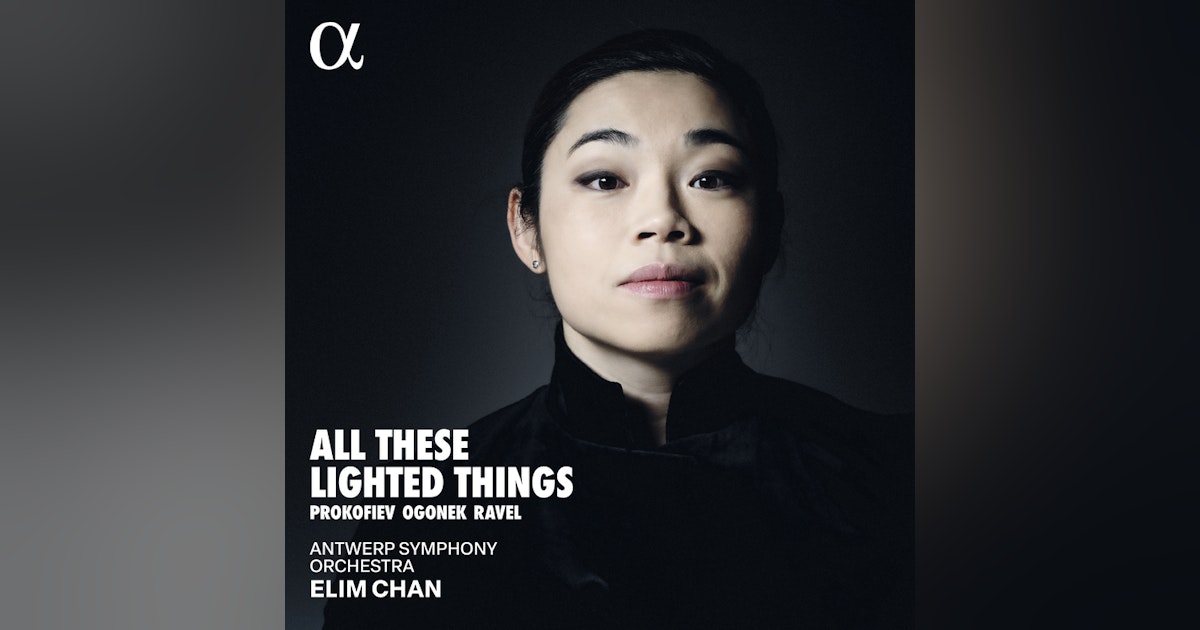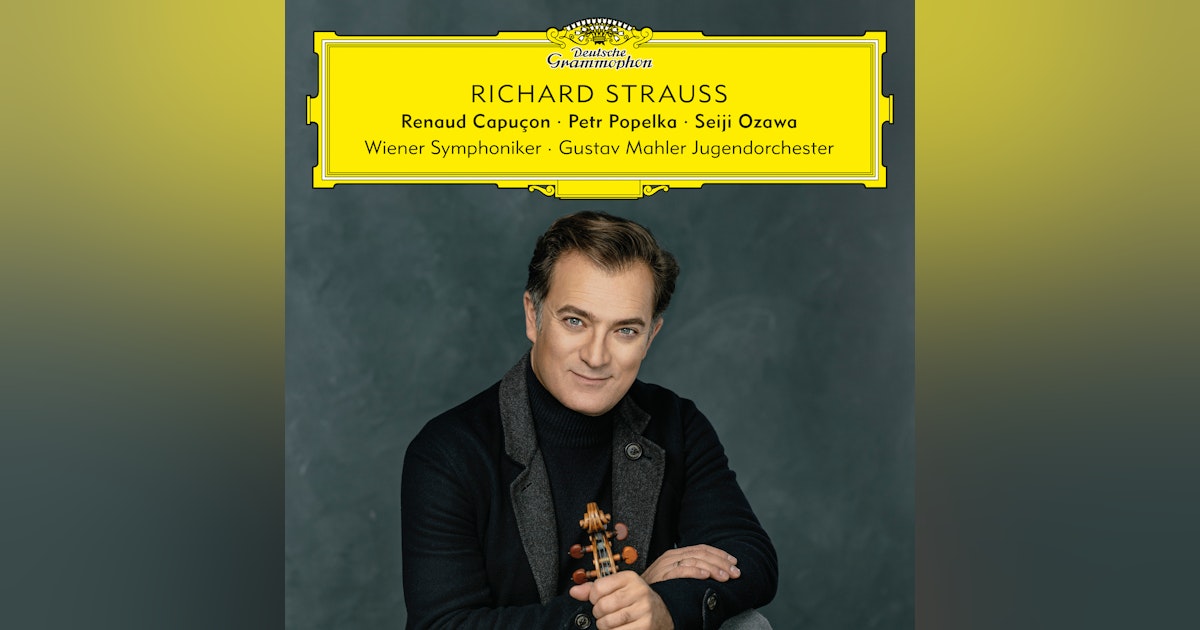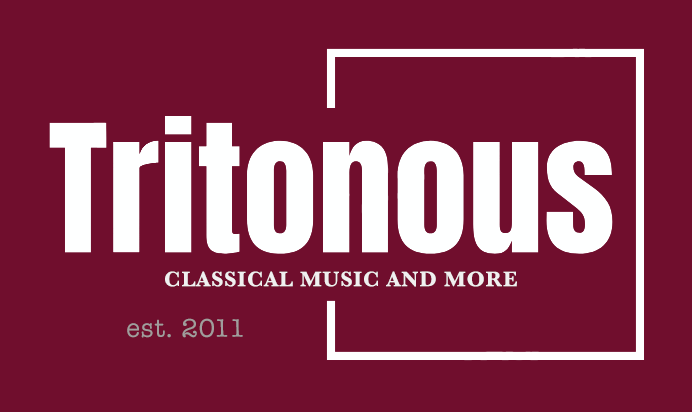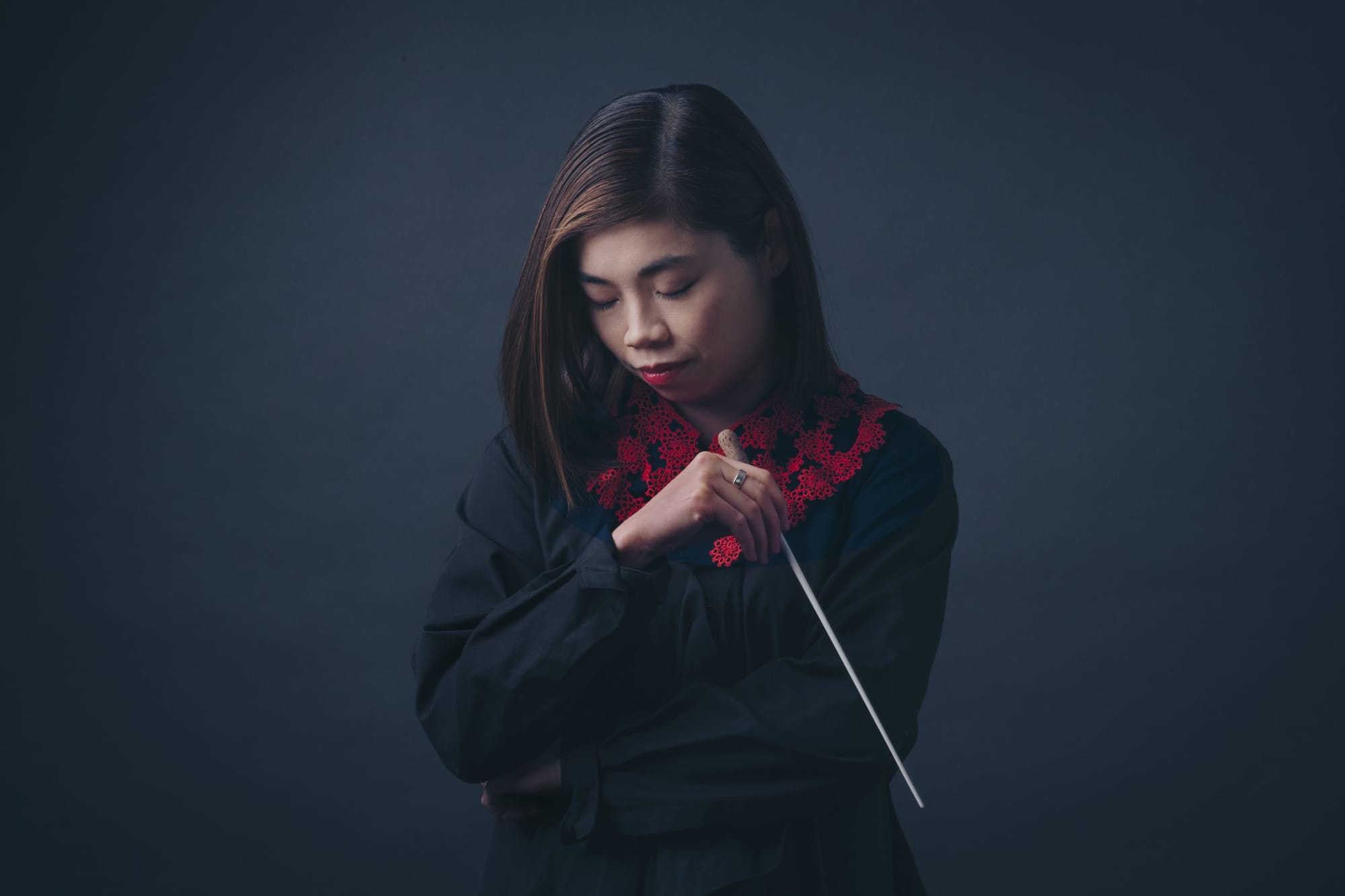
Aix en Provence Easter Festival: Ogonek, R. Strauss, Prokofiev Renaud Capuçon (violin); Orchestre de la Suisse Romande / Elim Chan (conductor). Grand Théâtre de Provence, Aix en Provence, France, 19.04.2025
Elizabeth Ogonek All These Lighted Things (Three Little Dances for Orchesra, (2017)
RIchard Strauss Violin Concerto in D minor, Op. 8 / TV 110 (1881/2)
Prokofiev Romeo and Juliet (1935-40, excerpts from Suites Nos. 1 & 2)
If some of this programme looks familiar, it is because the outer portions mirror the contents of conductor Elim Chan’s Alpha disc with the Antwerp Symphony Orchestra (which is actually entitled All These Lighted Thngs).
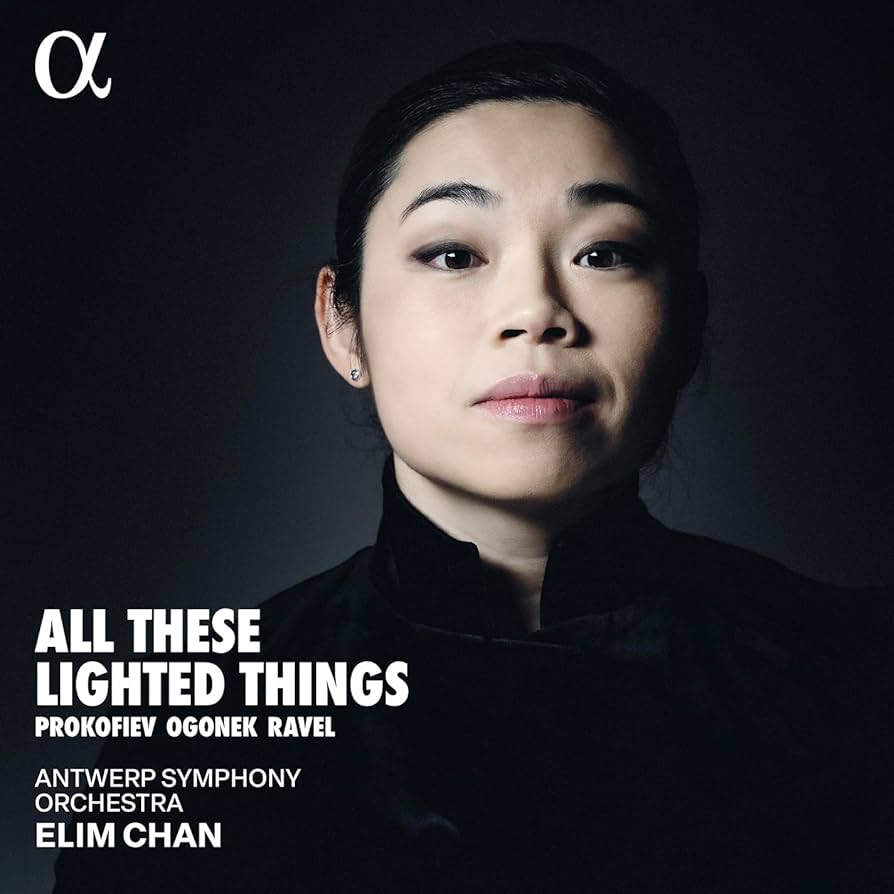
The title of Ogonek’s All These Lighted Things comes from a poem by Thomas Merton, O Sweet Irrational Worship. Ogonek’s piece was written for a commission by the Chicago Symphony Orchestra (where Ogonek holds the position of Composer-in-Residence alongside Samuel Adams). The title refers to a moment in the poem when there is a perceived melding between poet and Earth, as dawn breaks. Two outer dances (‘Exuberant, playful, bright’ and ‘Buoyant’) surround the central ‘Gently drifting, hazy’.
Ogonek writes for large orchestra, as befits a CSO commission (the premiere was under Riccardo Mtui). The problem is it feels like young composer given too large a toy box to play with: music cannot live by texture alone, no matter how vibrant and varied the colours, and this piece seems to prove just that. That said, the OSR performance was even more vibrant than the Antwerpers on disc, so the music seemed to ttemporarily come to life. There are moments of real skill here: for example, now many composers know how to create a careful balance of (simultaneously) muted and open brass? The OSR lower brass can carry real power, too, as in their punctuating repeated notes against more subtle pastels in the strings and woodwinds (almost Impressionist in demeanour). The central movement begins with percussion sounds, watery slitherings; the flutes of the Suisse Romande orchestra created golden descents. Again primarily textural (although quieter and more peaceful), this plateau includes some beautiful solo violin moments. The finale in contrast is primarily rhythmic, dancing in a primal way, albeit with a level of buoyancy. The performance was indeed keenly rhythmic (I wonder if Chan deliberately highlighted a’ Janáček moment’ in the trumpet that is less noteworthy in the Antwerp recording?). Dance elements are certainly present again, particularly in the flute-led woodwind passage at two thirds of the way through the movement).
Here’s the first movement, in the Alpha recording:
The real gem of the concert was Renaud Capuçon’s performance of Richard Strauss’ Violin Concerto. He has recorded this work with the Venna Symphony Orchestra under Petr Popelka for DG, and it is clearly a work he both believes in, and holds great affection for. It precedes that composer’s First Horn concerto of 1882/3 (which gained hugrly in popularity thanks to the championing of Denns Brain). The Violin concerto similarly needs fervent advocacy, and receives it under Renuad Capuçon. For all of his physical movement on stage, one can hear his passion for the music. In some ways, the first movement is a minor encyclopedia of Romanic gestures, but under Chan’s leadership it was a convincing one. And for all of the excellence of Capuçon’s stopping, it was his vocal way with cantabile that was most impressive (and touching.) One does get glimpses of the later Richard Strauss in the odd harmonic turn, and there is no denying the piece’s unstoppable lyric impulse.
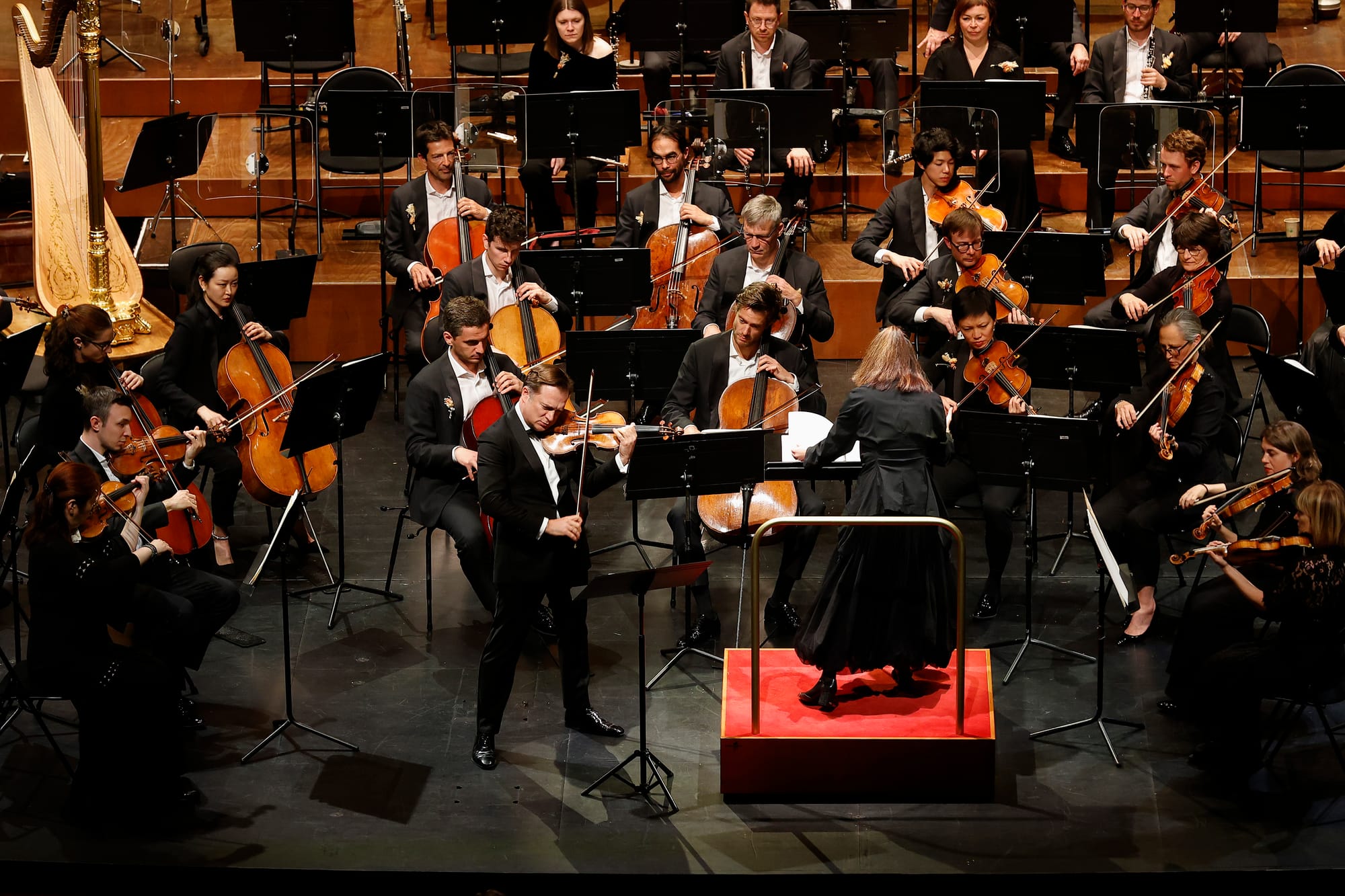
The piece is fairly expansive (unlike the First Horn Concerto): here the first movement lasts approximately a quarter of an hour. The central Lento, ma non troppo reminds us of the composer’s excellence as Lied composer, and its heart-on-sleeve melody and scoring is perfect for Capuçon’s character. The wistful nature of the music was reflected in a tempo that feel just right: Capuçon and Chan were of one mind here. Capuçon was not as forward in the texture often as I might expect, which actually was to the good of the music, allowing for increased appreciation of orchestral activity, and of harmonic shifts. The contrasting section (around half way through) took on an almost Elgarian sense of nobilmente. Radiance and magic were the keywords here, and t was this live performance that truly occupied the world of early Richard Strauss (fine though the recording is). The finale is a prestissimo ‘Rondo,’ Richard Strauss-does-Mendelssohn; the entrance of the orchestral tutti moves us from A Midsummer Night’s Dream to Stauss’ Germany. Here is no doubting Capuçon’s advocacy of the work, and one hopes his leads to a greater appreciation of the piece and, in turn, more performances. His recording stands pretty much at the top of the tree, too, despite fine accounts by Ulf Hoelscher (with Kempe), Sarah Chang (with the Bavarian Radio Symphony Orchestra and Sawallisch) and James Ehnes (Melbourne SO / Sir Andrew Davis).
Here’s the first movement of Capuçon’s DG recording:
Post-interval, it was Prokofiev’s masterpiece Romeo and Juliet that offered something of a blockbuster close. Again, Chan has recorded this with the Antwerp forces, and her familiarity with the socre’s felicities was everywhere apparent. This might not be the most dynamic of ‘Monagues and Capulets,’ but few offer such detail. It did feel as if the early crescendo in the strings began too early to make its mark, and the crushing dissonances felt slightly soft. But the OSR’s high strings have few if any peers in this perilously high writing. ‘Juliette enfant’ (usually rendered as ‘The Young Juliet’) was superb though, fleet-of-foot and incredibly disciplined. Intriguingly, Chan found a rather Richard Sraussian moment here; and the solo cello of the OSR positively shone. It was the bassoon, wonderfully nasal, who led us through ‘Friar Laurence,’ where the strings created pools of tenderness, always carefully balanced.
The well-known ‘Masques’ demands accuracy from is players, and for a conductor with an ear and sense of rhythm like Chan, this was surely home territory. It worked beautifully, a perfect contrast to the moonlit ‘Balcony Scene’. Gossamer solo strings transfixed; this was a real highlight.
It was the ‘Death of Tybalt’ that disappointed, though, rather muted (the Antwerp recording is better here, although still slightly lacking in the rambunctious). No missing the discipline of the OSR strings, though.
The final pairing worked well, Chan pinpointing the layers of ‘Romeo and Juliet before parting’ while still creating a sense of impending heartbreak. And then the intensity ratcheted up stratospherically: the strings for ‘Romeo at Juliete’s Tomb’ sounded for all the World like Prokofiev’s equivalent of the last movement of Tchaikovsky’s ‘Pathétique’ Symphony. I do wonder if the horn’s ascents up high felt a little too easy: surely some of the power comes from a sense of strain? But the creation of a vast registral chasm towards the end (super-high violins and silvery flutes against chthonic double-basss) was superb, as was the sense of inner illumination in the final chords.
Here’s Elim Chan’s recording of that final movement:
A memorable concert: a rare and valuable opportunity to hear the Richard Strauss Violin Concerto, and moments of magic beyond count in the Prokofiev.
Chan’s Alpha disc substitutes Ravel’s Daphnis et Chloé Suite No. 2 for the Strauss incidentally: a ‘Lever du jour’ that largely works (despite some odd woodwind spotlighting), a tender ‘Pantomime’ and a glowing yet agile ‘Danse générale’.
The Alpha disc is available at Amazon here; the Richard Strauss DG disc is available as an MP3 download here.
